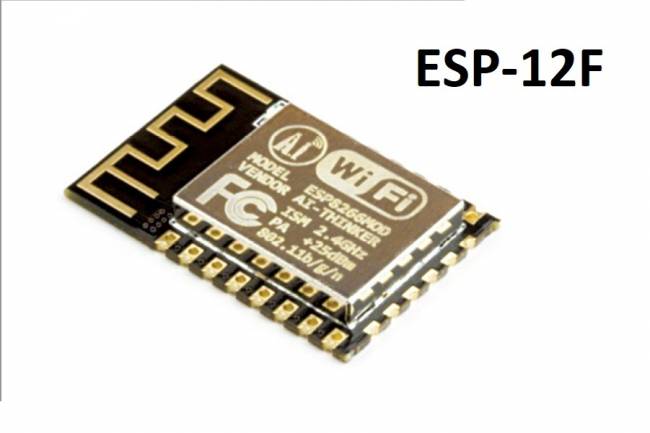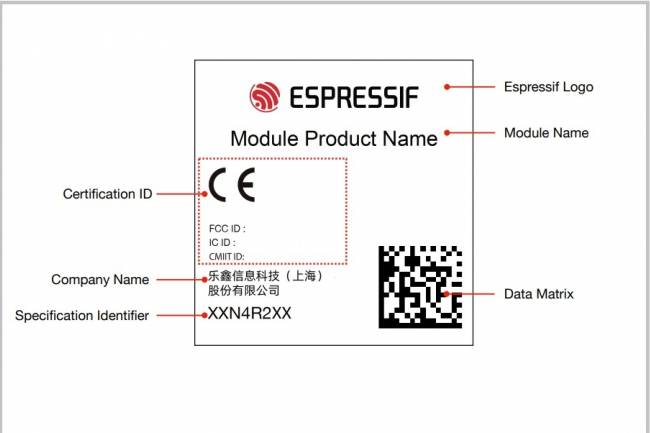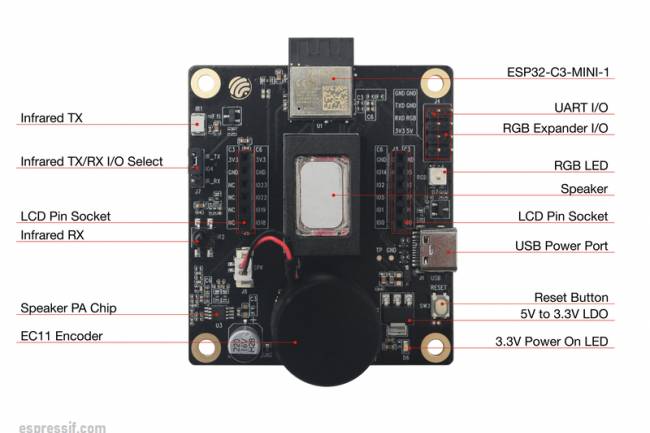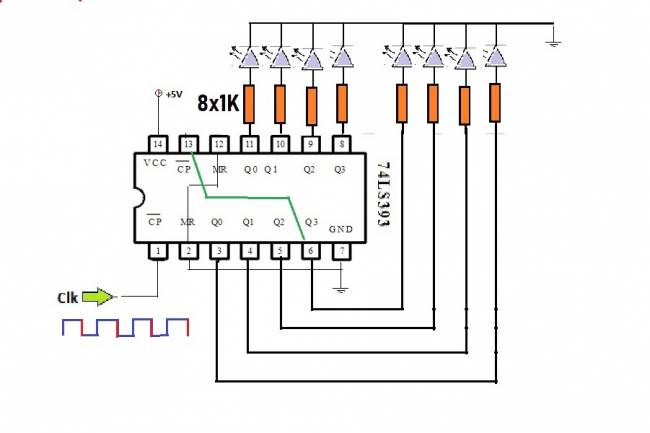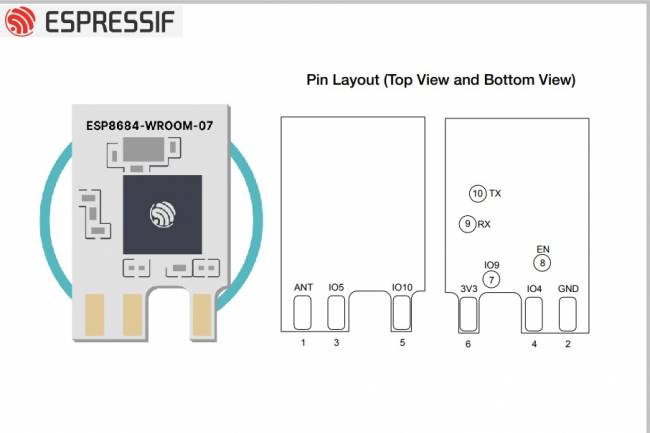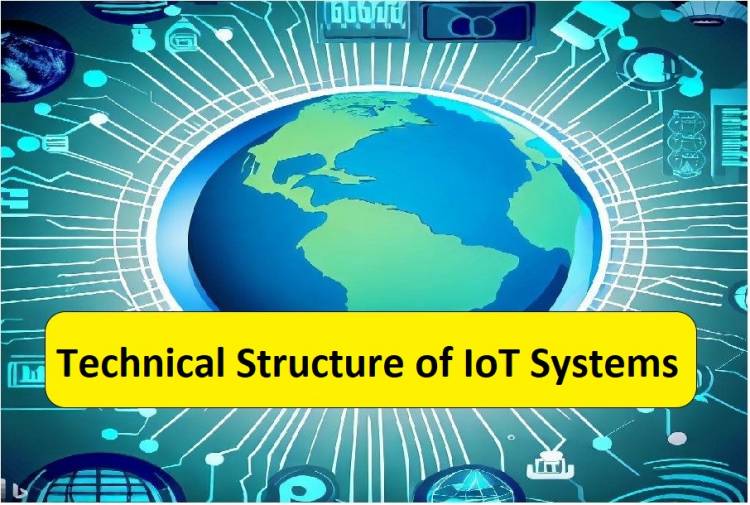
Technical Structure of IoT Systems
Internet of Things (IoT) refers to a field of technology where physical devices collect, process and share data by connecting to the internet. IoT is used in many sectors around the world and brings many conveniences to our lives. In this article, we will examine the basic technical structure of an IoT system.
Key Components
An IoT system typically includes four key components:
1. Sensors: They are the foundation of the IoT system. Sensors collect data from the physical world. They can measure various parameters such as temperature, humidity, light, movement. This data is transmitted to other components for further processing.
2. Data Processing Unit: It is the point where the data coming from the sensors are processed and analyzed. This unit makes decisions when necessary by transforming data into meaningful information. Microcontrollers such as Raspberry Pi, Arduino are often used for this function.
3. Internet Connection: IoT devices must transmit the data they collect over a network. This can be achieved via wireless (Wi-Fi, Bluetooth, Zigbee) or wired (Ethernet) connections.
4. Application and Data Storage: IoT data is usually transmitted to a server or cloud storage service. This data is then analyzed or viewed by users. Web applications or custom software present this data in a user-friendly way.
Functioning of the IoT System
An IoT system follows these steps:
1. Data Collection: Sensors measure variables in their environment and collect data.
2. Data Processing: The data processing unit processes and analyzes the data coming from the sensors and makes decisions when necessary.
3. Data Transmission: The processed data is transmitted through a network connected with the IoT device. This can be done with wireless or wired connections.
4. Data Storage and Analysis: Data is stored on servers or cloud storage services. This data is then analyzed, reports generated or used for other applications.
5. User Interface: Users can use an application or web interface to access and control the data of the IoT system. This interface can present data with meaningful graphs or reports.
Security in IoT Systems
The security of IoT systems is of paramount importance. Hacking or malicious use of IoT devices can cause serious problems. Therefore, security measures must be considered when designing an IoT system. Data encryption, strong authentication, up-to-date software security and network security measures are common methods used to enhance IoT security.
IoT has great potential to make our lives smarter and more efficient. It basically consists of sensors, data processing unit, internet connection and data storage/analysis components. The interoperability of these components, the implementation of security measures, and the effective use of data are the keys to building a successful IoT system.



